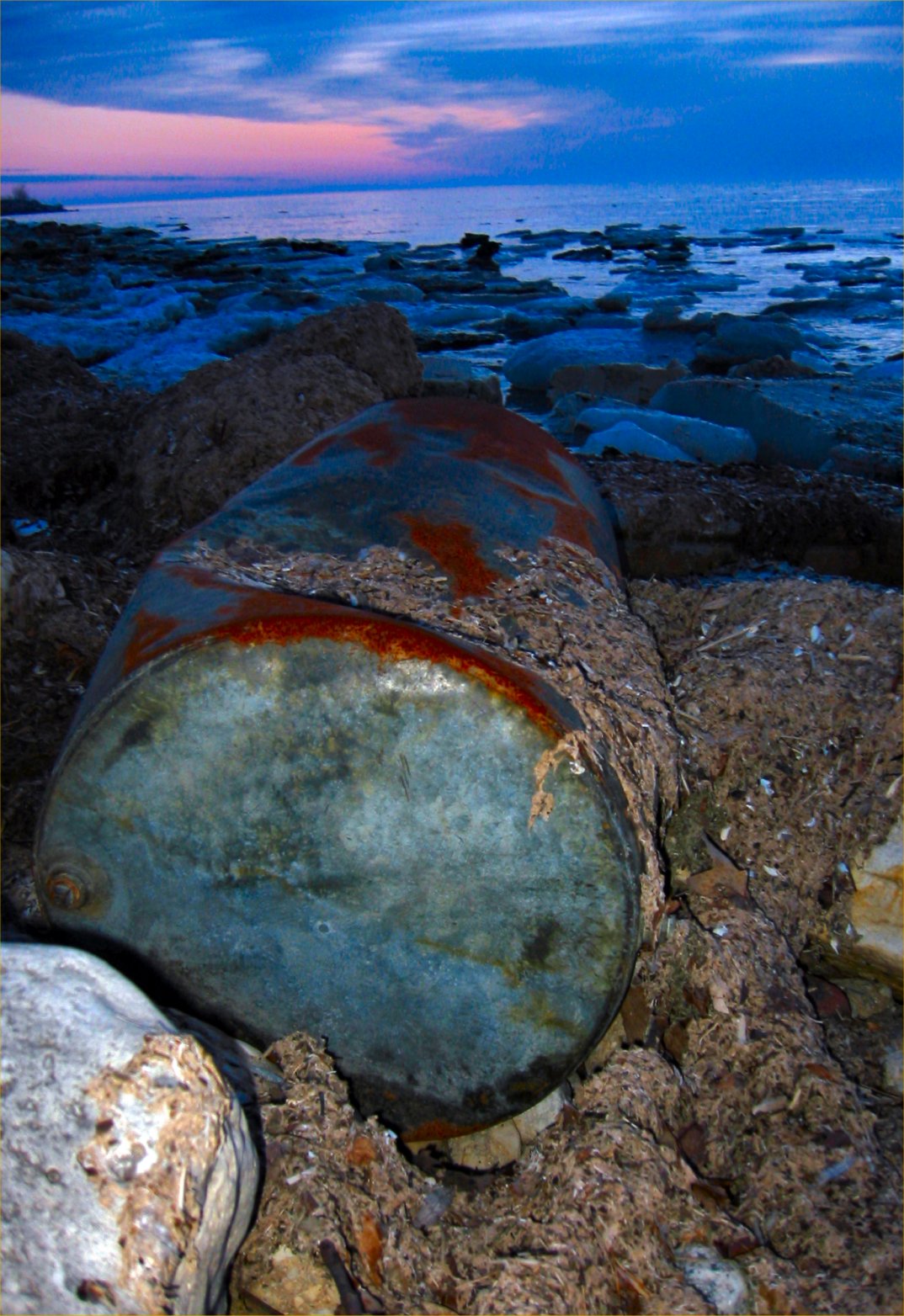If one is to believe NOAA, the
National Oceanic and Atmospheric Administration, those little oil-eating micro-organisms in the Gulf of Mexico are singing that old camp song, "A million barrels of oil in the water, a million barrels of oil! Disperse it down and pass it around, 999,999 barrels of oil in the water!"
Gulf Coast activists feel differently. While
"only 26% of the oil" may still be visible on the surface there has been no accounting for subsurface oil and dispersant or chemicals that have sunk to the bottom. There is little science available about what happens with those pollutants nor what happens when so many
"little hydrocarbonoclastic organisms" are eating oil and sucking up oxygen. Perhaps adding to the annual dead zone in the Gulf caused by algae blooms fed by run off of chemical (hydrocarbon based) fertilizer from Midwest farms (it arrives every summer down the Mississippi). This year's dead zone is reported to be "
the size of Massachusetts."
Fisherfolk from five states, organized with the help of the
Gulf Coast Fund, are meeting across the street from the annual gathering of Gulf Coast governors -- the
Gulf of Mexico Alliance (GOMA). Their concerns are the dispersants, used extensively and probably to excess, the general lack of reliable science on how the oil disaster is affecting the larger environment, especially air and water, their sense that the government re-opened the fisheries prematurely, the "
Feinberg Claims Process", and difficulties with the
BP organized Vessels of Opportunity employment program especially worker health and safety. The fisherfolk have solutions as well: creation of fishing cooperatives and the strengthening of their multi-state organizing efforts.

No comments:
Post a Comment
I welcome comments on any topic covered in Urban Ecology. I may not respond immediately but I do read them all.